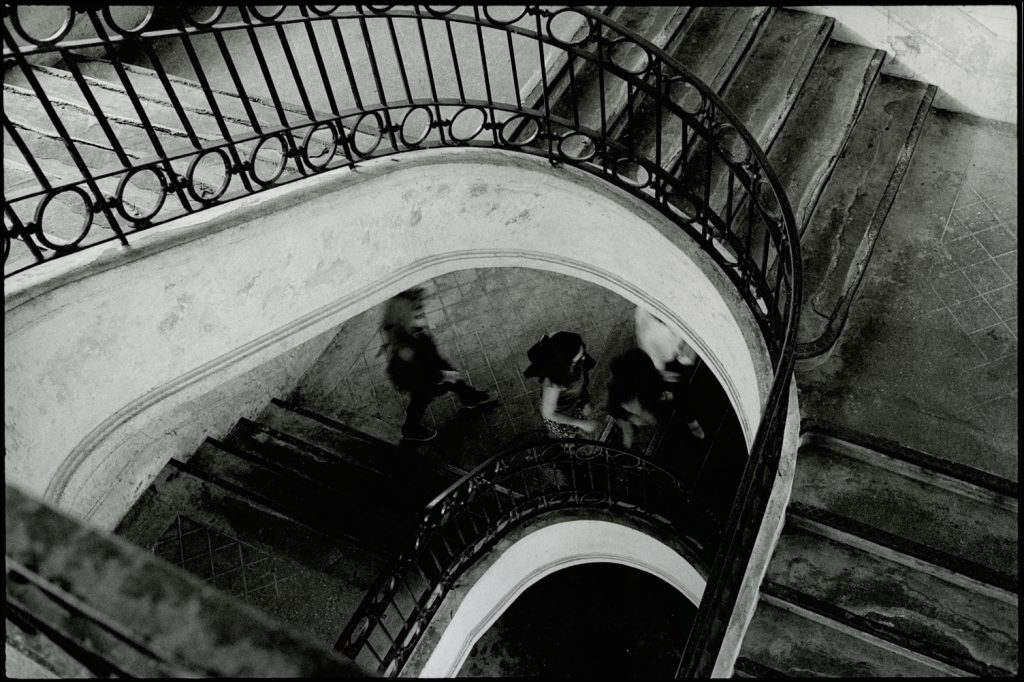Modern taking lenses produce sharp, high-contrast, true-color and distortion-free photographs. However, if ambient light is too bright for a low depth of field (e.g. for a high aperture) or for intentional motion blur (e.g. for a slow shutter speed), not even the best lens can help. It is no different if UV radiation falsifies colors and reduces contrast or if shiny surfaces produce irritating reflections. Or if colors are not converted into gray values in black and white images, on film or digitally, as the photographer actually wanted. Only filters can solve this problem.
However, the quality differences are huge
If you have spent a lot of money for a good lens, you do not want to run the risk of image quality losses due to inferior filters. For the filter is just as much a part of the optical beam path as the lens elements.
This Rodenstock filters overview explains the benefits of owning such a filter.
Optical glass and perfect surface
Light rays must remain parallel after passing through the filter, to prevent the possibility of blur and loss of contrast, the direction of outgoing light must remain exactly parallel to that of incoming light at all points. All Rodenstock filters therefore have a very flat slimline frame. In order to allow a screw thread for fastening a lens hood or a protective cap, the glass is only 1.4mm thick. Continue reading
